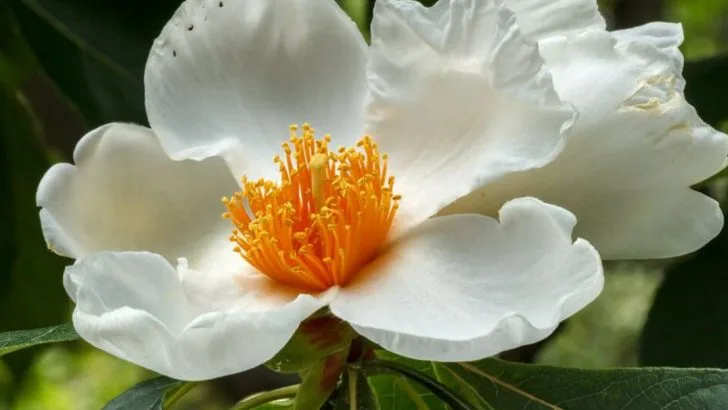Some plants are just plain show-offs. They don’t care that they’re hard to find. They don’t care that they refuse to grow for just anyone. They know they’re rare, dramatic, and totally irresistible—and they act like it. These are the plants that make collectors swoon and casual gardeners spiral into obsession. They’re elusive, stunning, and sometimes downright weird. And growing one? That’s not just gardening—it’s bragging rights. From mysterious blooms to foliage that looks like it belongs on another planet, here are 21 rare plants in America that keep garden enthusiasts awake at night, dreaming of the day they finally strike green gold. Are you brave enough to try?
Ghost Orchid
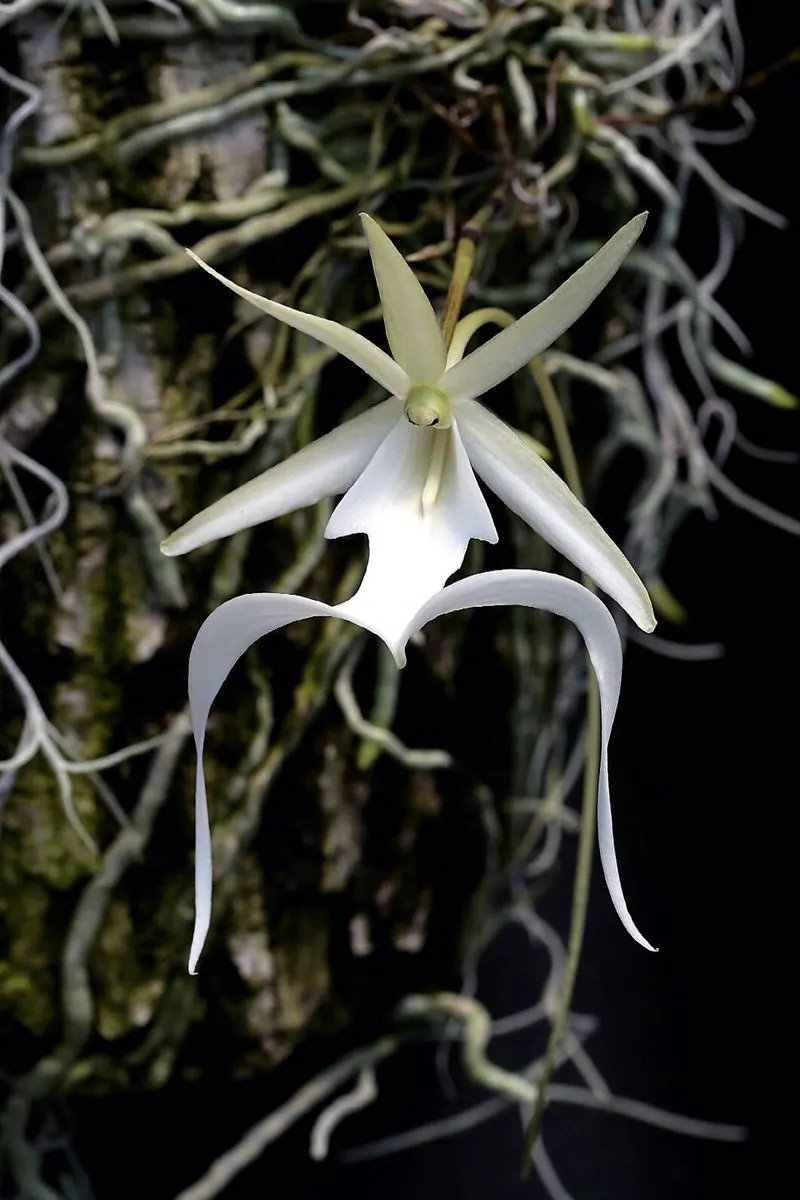
The Ghost Orchid is a true wonder of the floral world. Found primarily in the swamps of Florida, its ethereal white petals seem to float like a ghost. Its elusive nature makes it a prized possession for those lucky enough to spot it.
Known for its unique pollination process, the Ghost Orchid relies on the Giant Sphinx Moth. This fascinating relationship showcases nature’s intricate balance. With roots hidden beneath, its flowers appear suspended in mid-air, a charming sight for any nature enthusiast.
Cultivating it requires patience and a specific environment, making it a gardener’s challenge.
Western Underground Orchid
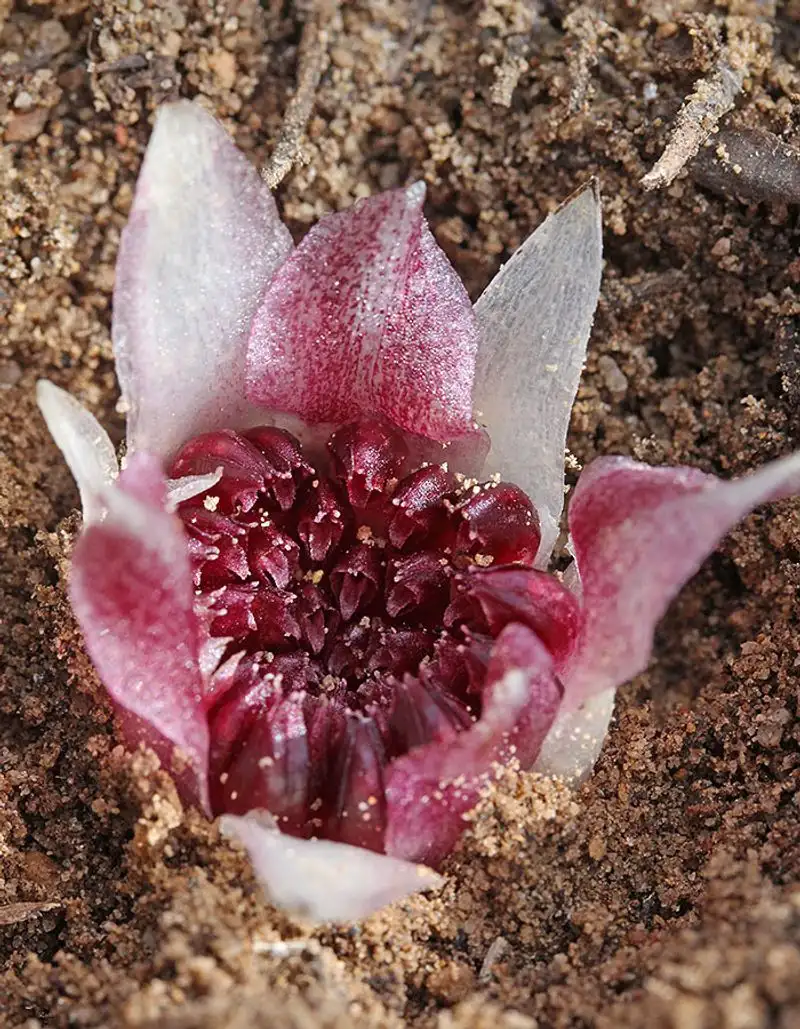
Buried secrets often hold the most allure, and the Western Underground Orchid is a prime example. This elusive plant blossoms beneath the earth, never seeing sunlight. It forms a symbiotic relationship with fungi to acquire nutrients.
Despite its subterranean life, the orchid’s blossoms are striking, with a delicate combination of white and pink petals. Its rarity and unique growing conditions make it a sought-after treasure for botanists.
In Australia, this plant’s mysterious nature continues to captivate those lucky enough to encounter it.
Franklin Tree
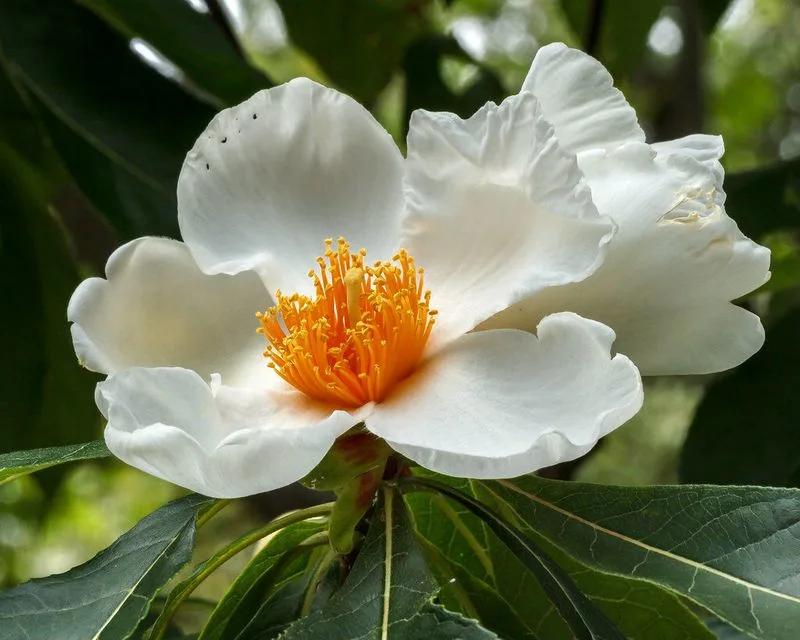
Few trees have a saga like the Franklin Tree. Discovered in the 18th century, it vanished from the wild shortly after, yet survives in cultivation. This ornamental tree is renowned for its fragrant, white camellia-like flowers.
Cultivated in gardens, it offers a glimpse into history with every bloom. Its glossy green leaves add to its charm, turning vibrant shades in fall.
Once native to Georgia, this tree represents both loss and preservation, embodying the gardener’s dream of revival.
Blue Ridge Blueberry
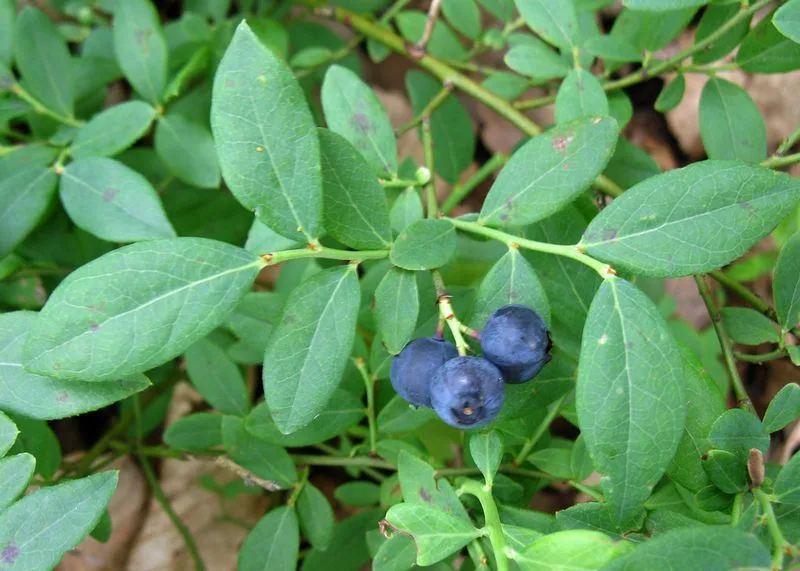
Nestled in the Blue Ridge Mountains, the Blue Ridge Blueberry is a delight for both the eyes and the palate. Known for its vibrant blue berries, this plant is as much a visual treat as a culinary one.
These berries, smaller yet sweeter than their commercial counterparts, attract wildlife and foragers alike. The plant thrives in high altitudes, where clean air and rich soil nurture its growth.
Its resistance to pests and diseases makes it a resilient addition to any garden.
Rhododendron Vaseyi
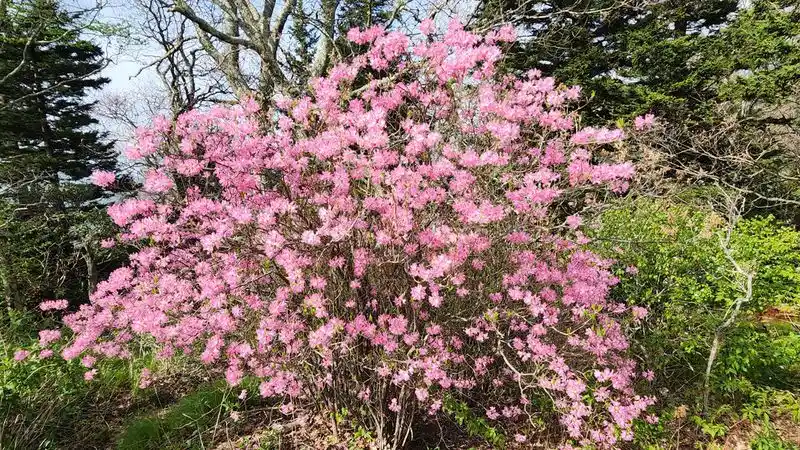
In the misty clefts of the Appalachian Mountains, Rhododendron Vaseyi, or the Pink-shell Azalea, paints the landscape with its soft pink blooms. This rare shrub is a beacon of hope for early-season pollinators.
Its delicate flowers emerge in spring, creating a visual symphony against the forest’s vibrant greens. Known for its adaptability, it can thrive in various soil types, making it a gardener’s favorite.
Its beauty and resilience continue to captivate those who seek the rarest flora.
Chaparral Yucca
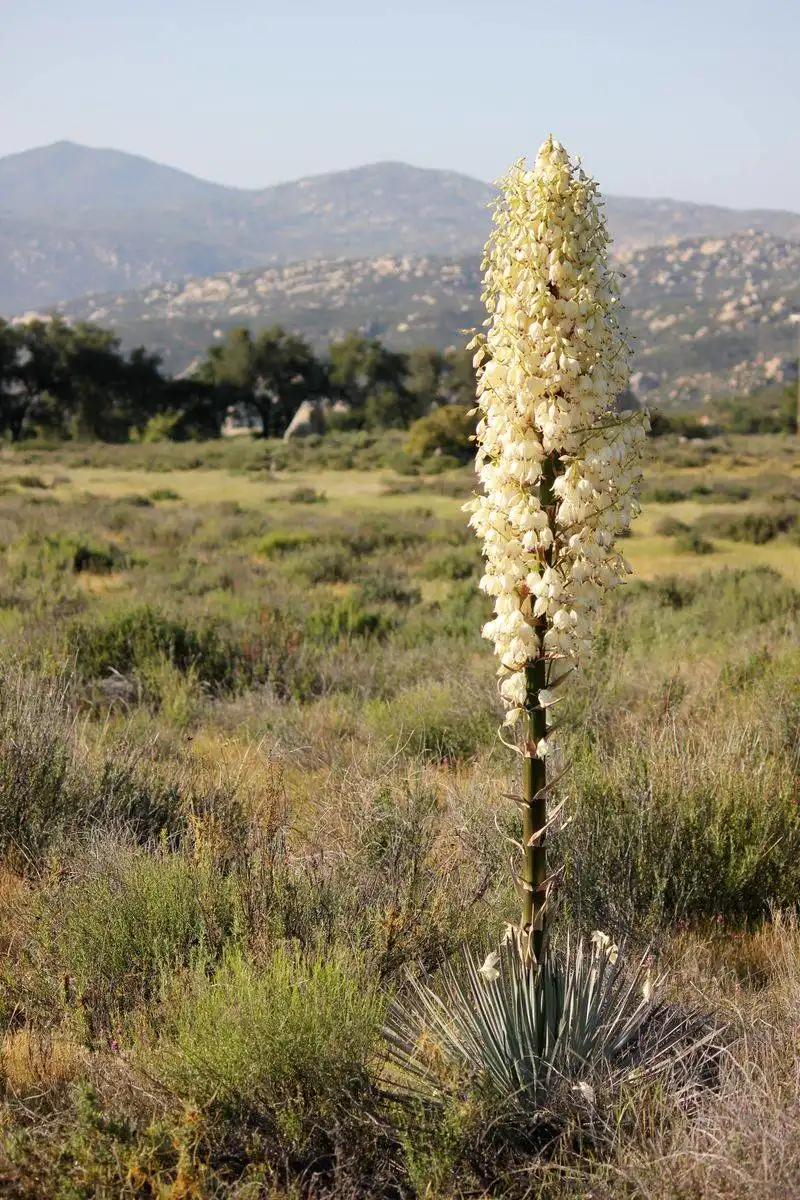
The Chaparral Yucca, native to California’s arid landscapes, stands as a testament to resilience. Its towering flower stalks reach skyward, contrasted by its spiky leaves forming a natural sculpture.
This plant blooms only once in its lifetime, producing a spectacular display of cream-colored flowers. Pollinated by specific moths, its life cycle is a fascinating dance of survival and reproduction.
Gardeners cherish it for its architectural beauty and drought tolerance.
Pitcher’s Thistle
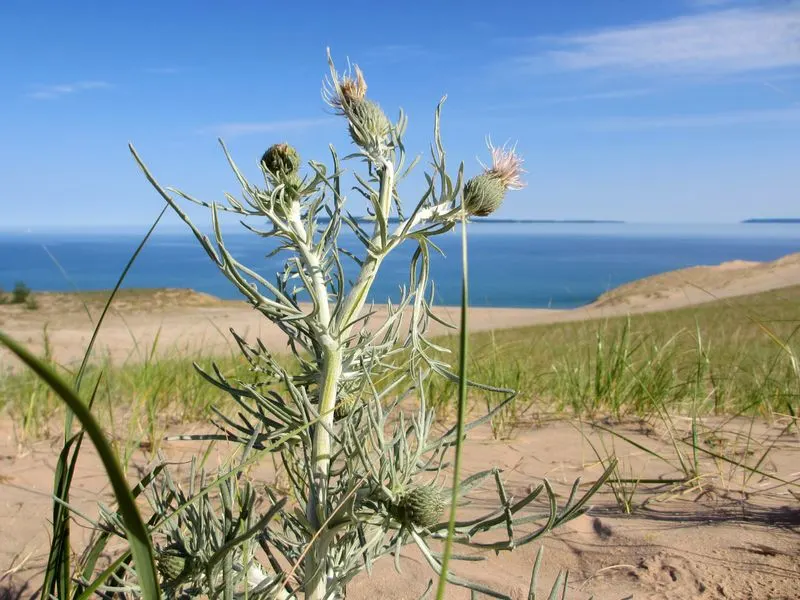
Amidst the sandy dunes of the Great Lakes, Pitcher’s Thistle stands resilient. Its silvery foliage and spiky pink flowers defy the harsh conditions, offering a striking contrast to the landscape.
This plant is crucial for dune stabilization, providing habitat for various species. Its blooms attract pollinators, supporting local ecosystems.
As a threatened species, it embodies the delicate balance between preservation and development.
Monotropa Uniflora
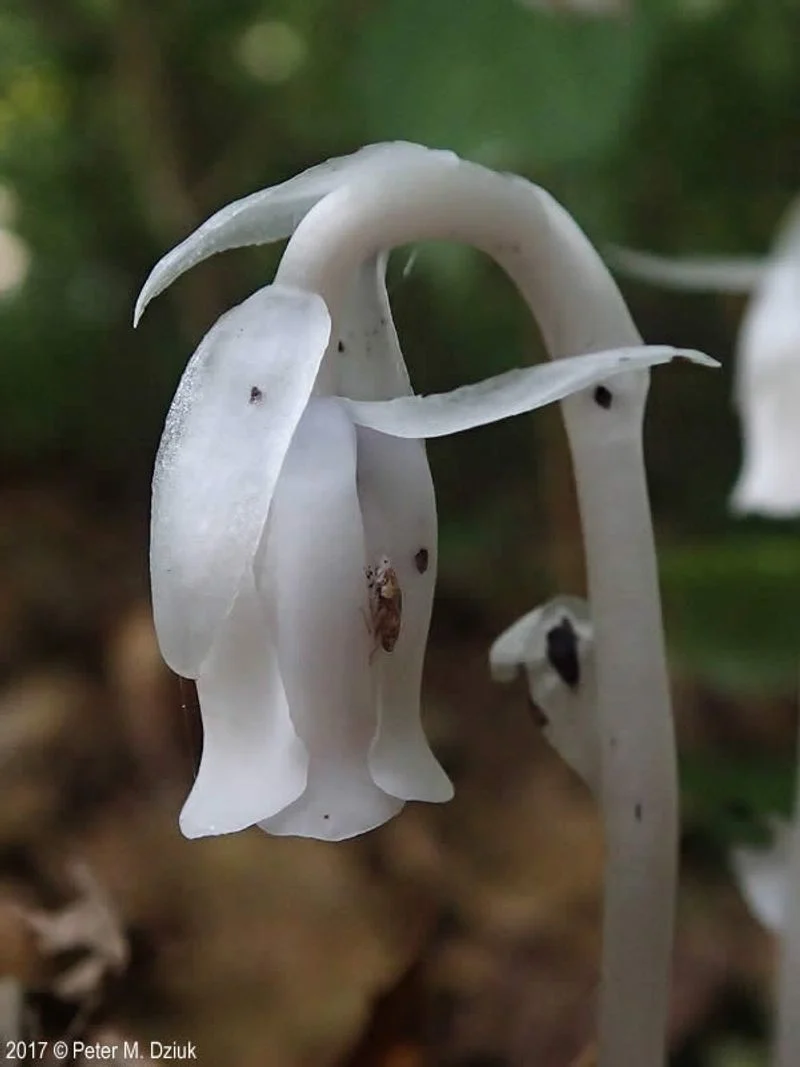
Also known as Ghost Plant, Monotropa Uniflora emerges from the forest floor like a spectral presence. Its ghostly white appearance is due to its lack of chlorophyll, relying on mycorrhizal fungi for sustenance.
This plant’s ethereal beauty has inspired poets and botanists alike. Found in dark, wooded areas, it serves as a reminder of nature’s mysteries.
Its delicate structure and haunting allure make it a coveted specimen for enthusiasts.
Texas Snowbells

With their bell-shaped flowers, Texas Snowbells are a rare spectacle in the wild landscapes of Texas. These pure white blossoms are as enchanting as a snowfall in summer.
Found along rocky hillsides, they thrive where few others dare. Their delicate flowers create an ethereal display, attracting pollinators with their subtle fragrance.
Conservationists work tirelessly to protect this species, emblematic of nature’s fragile beauty.
Sandplain Gerardia
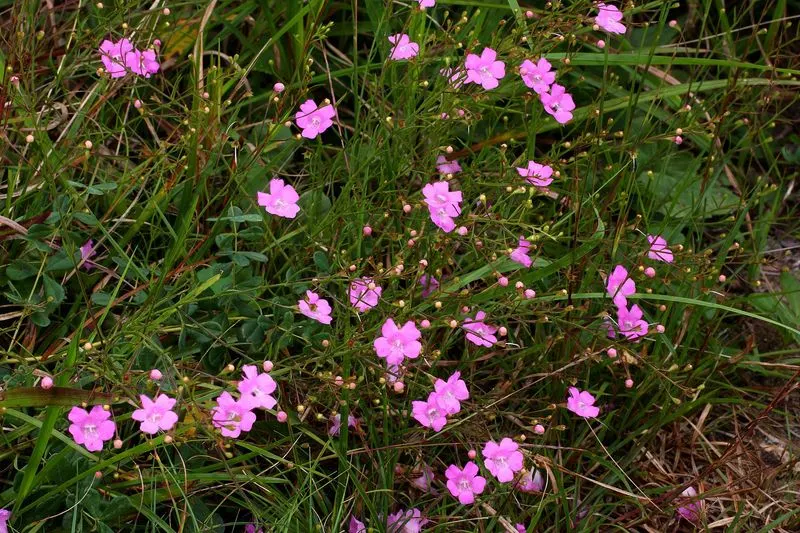
In the open sandy plains, Sandplain Gerardia offers a splash of color with its vibrant pink flowers. This annual plant is a testament to survival, thriving in nutrient-poor soils.
Its flowers are a beacon for bees and butterflies, contributing to pollinator support. Despite its beauty, it remains endangered, a symbol of the challenges facing native flora.
Efforts to restore its habitat are a testament to the human spirit of preservation.
Clamshell Orchid
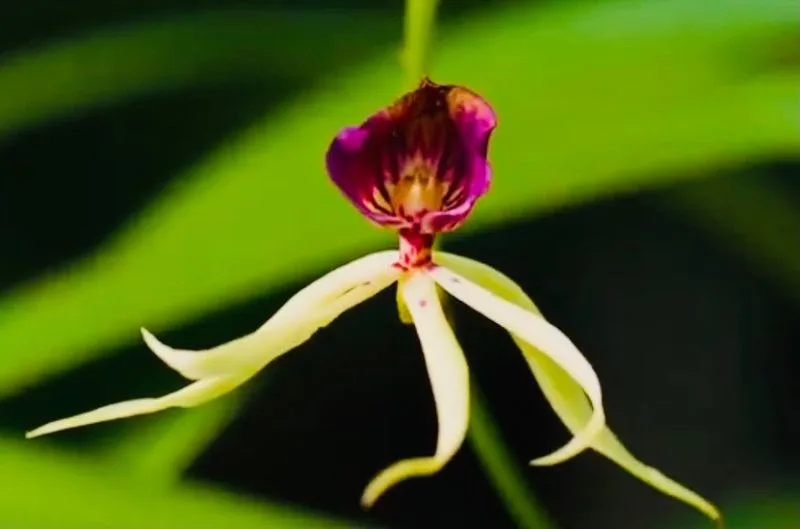
The Clamshell Orchid captivates with its exotic appearance and vibrant hues. Named for its clam-shaped flowers, it offers a visual feast of reds and yellows.
This tropical orchid thrives in humid environments, where it clings to tree bark, absorbing moisture from the air. Its unique form and striking colors make it a standout in any collection.
For those seeking a touch of the exotic, the Clamshell Orchid is a botanical treasure.
Tweedy’s Lewisia
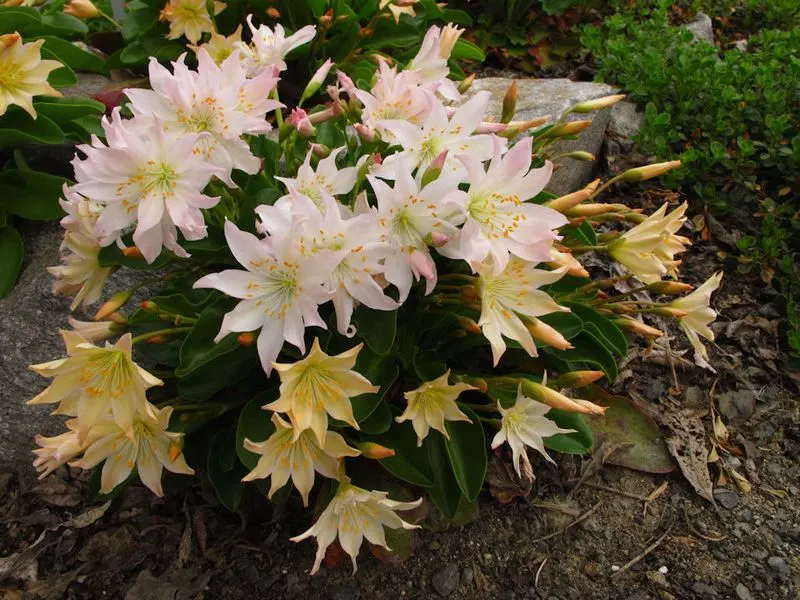
In the rugged terrains of the Pacific Northwest, Tweedy’s Lewisia emerges with delicate pink and white blossoms. This alpine beauty is a testament to nature’s tenacity, thriving where few others can.
Its flowers resemble starbursts against the rocky ground, attracting pollinators and admirers alike. The plant’s hardy nature and unique appearance make it a prized addition to rock gardens.
For those who value resilience in beauty, Tweedy’s Lewisia is a perfect choice.
Appalachian Filmy Fern
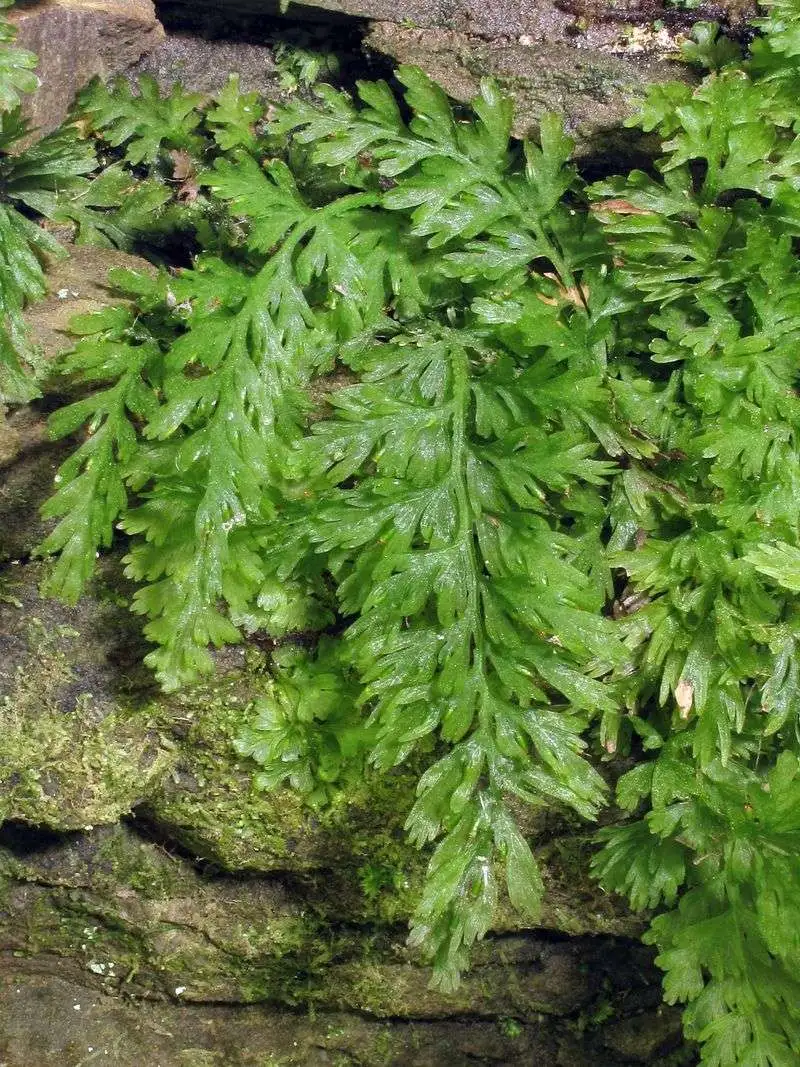
The Appalachian Filmy Fern, with its delicate and translucent leaves, thrives in the moisture-laden forests of the Appalachian range. Its ethereal presence is enhanced by its ability to absorb water directly through its leaves.
This fern’s charming frailty is deceptive; it occupies environments that are both shaded and humid, offering a glimpse into the adaptability of plant life.
For fern enthusiasts, its rarity and unique foliage make it a must-have specimen.
Yellow Lady’s Slipper
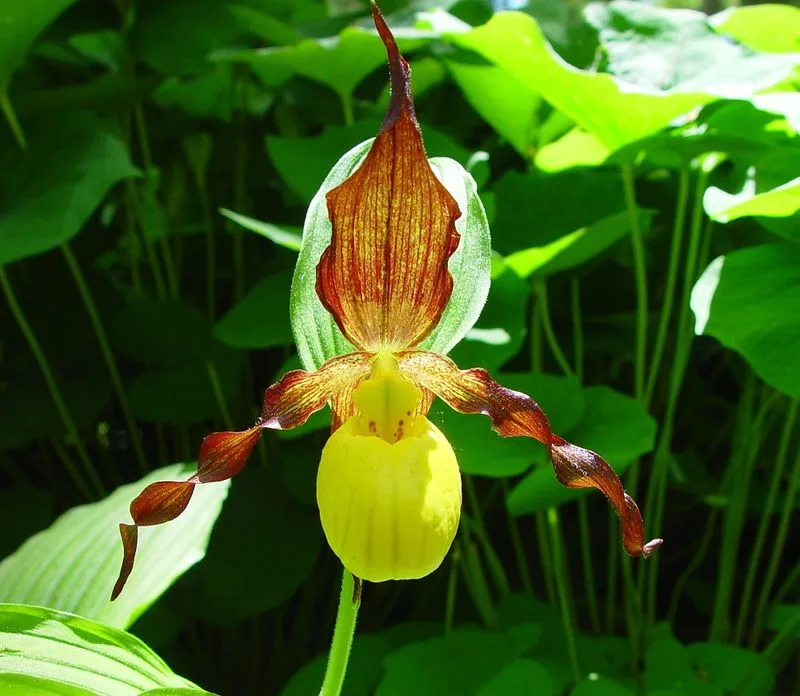
Yellow Lady’s Slipper stands as one of nature’s most captivating orchids. With its vibrant yellow petals mimicking a delicate slipper, it captivates all who encounter it in the woods.
This orchid thrives in rich, moist soils, often found in shaded, wooded areas. Its unique shape is not only visually appealing but plays a role in its pollination strategy.
Gardeners cherish this orchid for its beauty and the challenge it presents in cultivation.
Meadow Larkspur
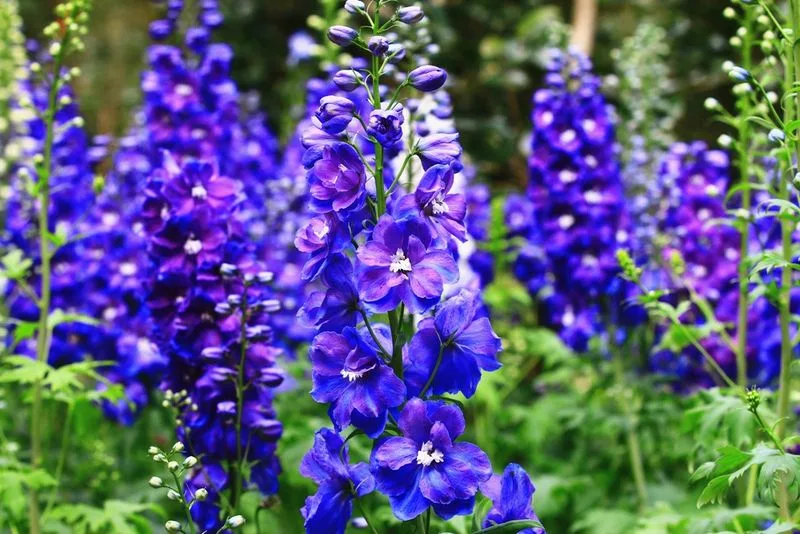
Meadow Larkspur, with its tall spikes of deep blue flowers, paints the fields with vibrant hues. This perennial plant is a favorite among those who appreciate wildflowers.
Its blossoms attract a variety of pollinators, playing a vital role in local ecosystems. The plant’s resilience to various growing conditions makes it a versatile choice for gardeners.
For those looking to add a splash of color, Meadow Larkspur is a brilliant option.
Dune Tansy
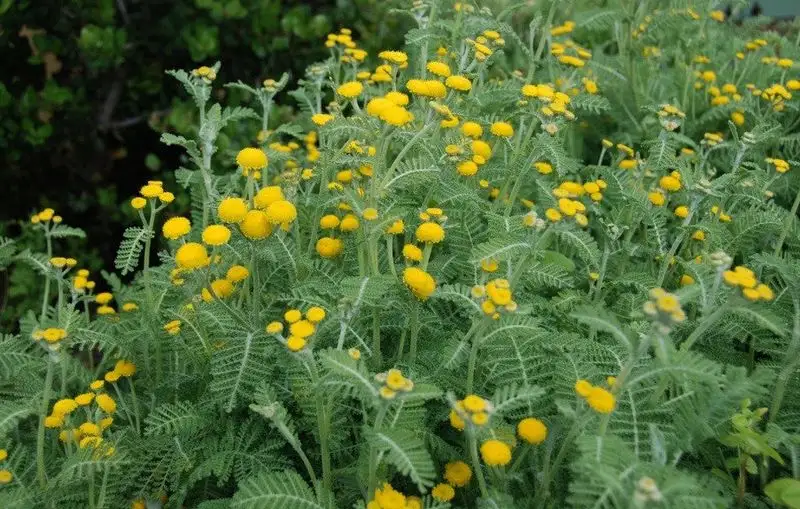
Dune Tansy thrives in the coastal sand dunes, its feathery foliage and bright yellow flowers creating a striking visual against the sandy backdrop. This plant plays a crucial role in stabilizing dunes and supporting coastal ecosystems.
Its aromatic leaves and cheery blossoms attract a variety of pollinators, contributing to its ecological importance. Despite its vital role, it remains threatened by habitat loss.
Conservation efforts strive to protect this unique species and its habitat.
Green Dragon
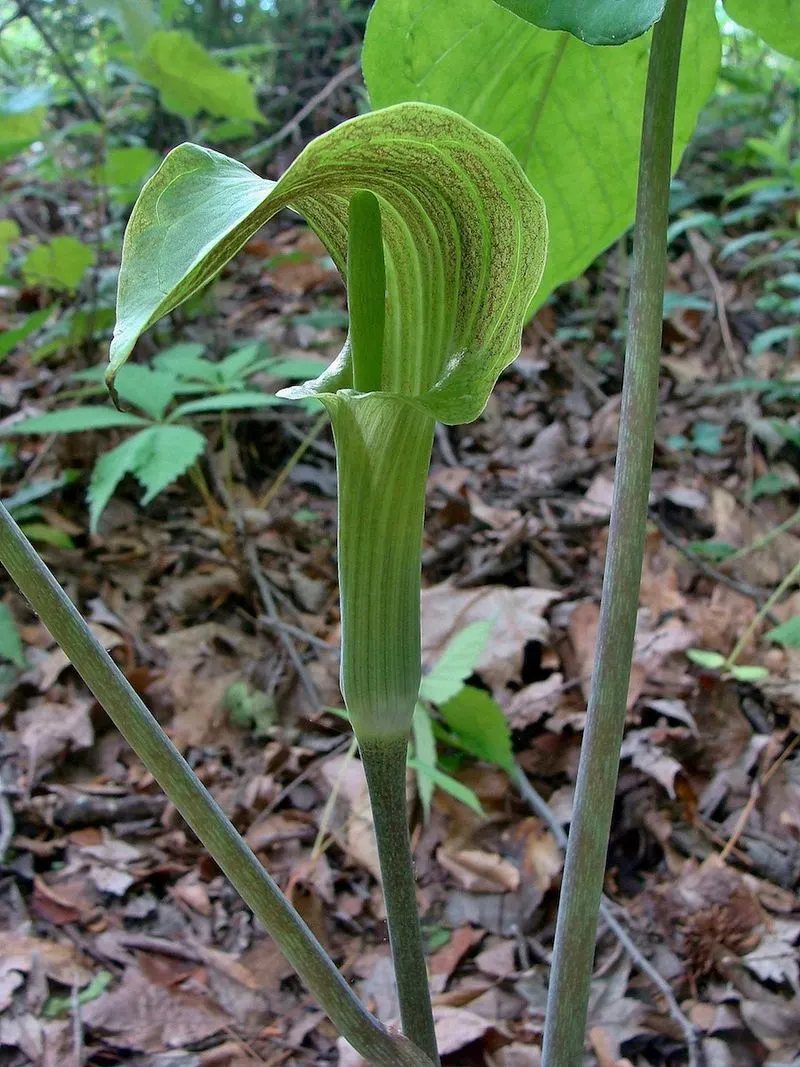
The Green Dragon, an enigmatic plant of shaded woodlands, intrigues with its unique leaf structure and peculiar flower spike. Its alien-like appearance sparks curiosity among plant enthusiasts.
Thriving in moist, shaded environments, it forms part of the diverse understory in forested areas. The plant’s striking form and rarity make it a botanical curiosity.
Gardeners who seek the unusual find the Green Dragon an irresistible addition.
Oconee Bells
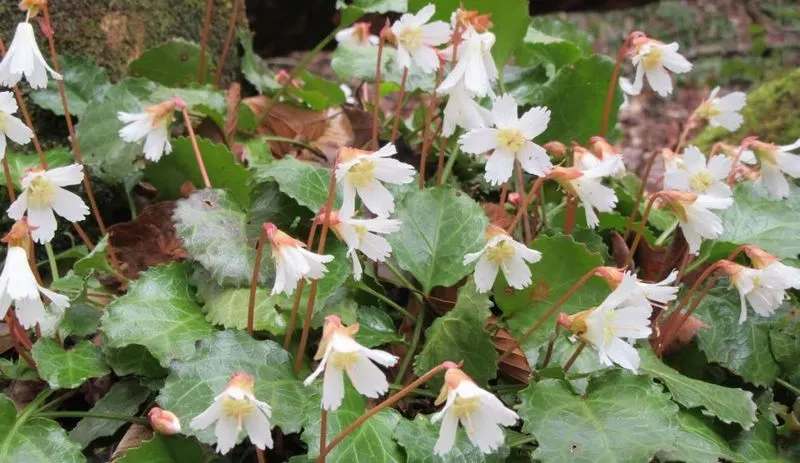
Oconee Bells, with their delicate white flowers, grace the edges of streams in the southeastern United States. This rare plant offers a glimpse into a bygone era, as it traces its lineage back millions of years.
Its blooms, appearing in early spring, attract early pollinators, supporting the local ecosystem. The plant’s preference for moist, shaded habitats makes it a unique addition to gardens.
Botanists treasure Oconee Bells for their historical significance and beauty.
Shenandoah Trillium

The Shenandoah Trillium, endemic to the Shenandoah Valley, captivates with its unique three-petaled maroon flowers. These woodland plants are a testament to nature’s artistry.
Thriving in rich, wooded soils, they emerge in spring, offering a burst of color in shaded areas. Their elegant form and limited range make them a prized find for plant enthusiasts.
For those who appreciate native flora, the Shenandoah Trillium is a botanical gem.
Rare Blue Lupine
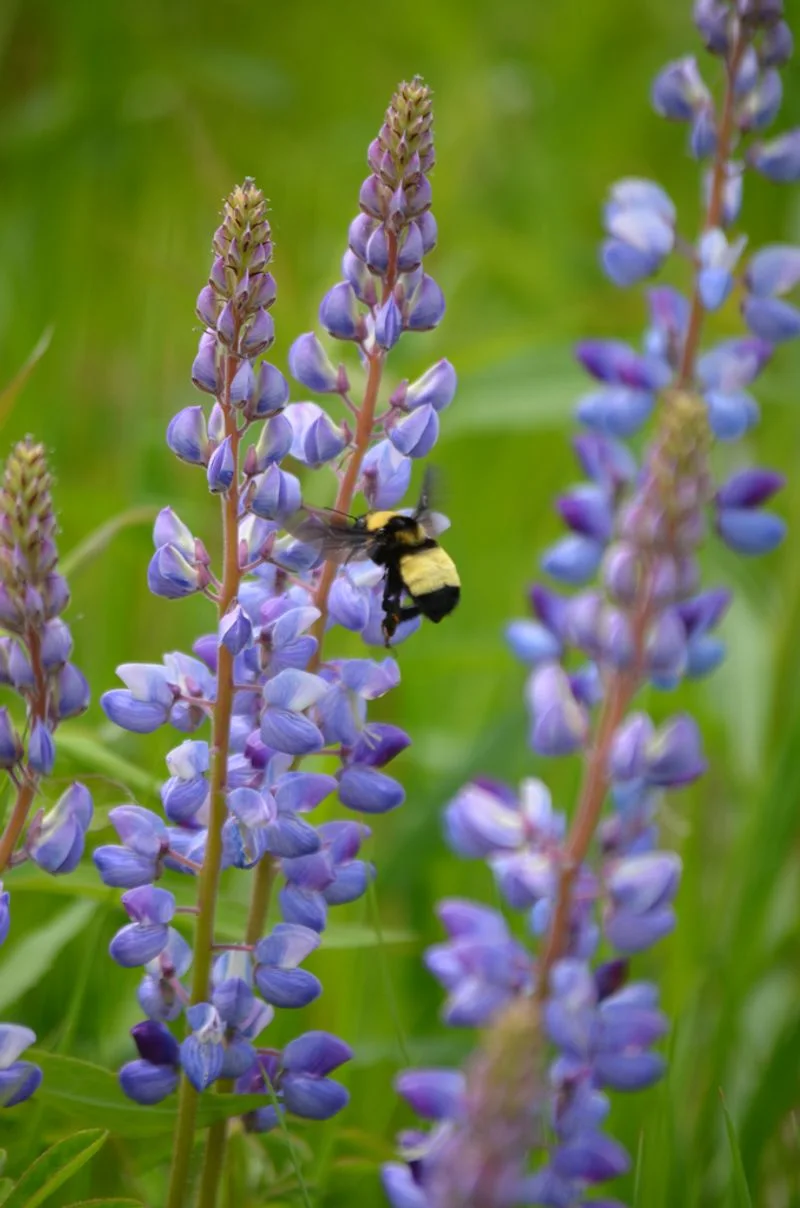
The Rare Blue Lupine, with its tall spikes of blue flowers, transforms fields into a sea of color. This plant is not only visually stunning but also vital for the survival of endangered butterfly species.
Its blooms attract pollinators and support butterfly habitats, playing a crucial ecological role. The plant’s preference for sandy soils makes it a resilient choice for challenging environments.
Conservationists work to protect its habitat, ensuring its continued presence in the wild.
Kokanee Glacier Mariposa Lily
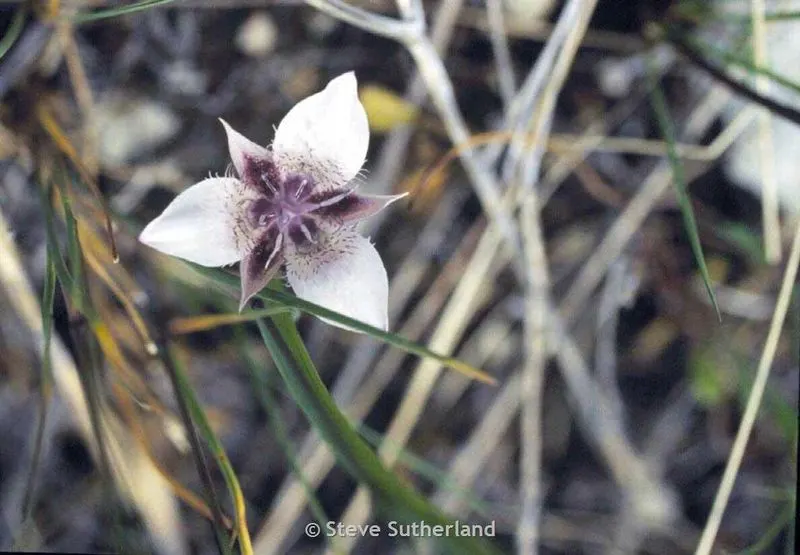
The Kokanee Glacier Mariposa Lily is a captivating beauty found in the rugged terrains of British Columbia. Its delicate white petals, tinged with purple, cradle a vibrant yellow center, creating a striking contrast against the lush greenery. Known for its elusive nature, this lily blossoms in remote areas, making it a rare gem for adventurers.
Garden enthusiasts cherish its unique appeal, though cultivating it requires patience and a cool climate. Did you know? This lily is named after the Kokanee Glacier Provincial Park, where it was first discovered. Its presence is a testament to nature’s artistry.

